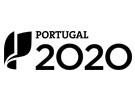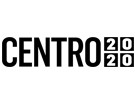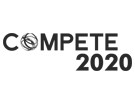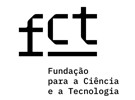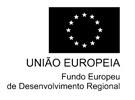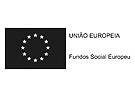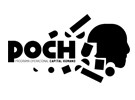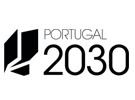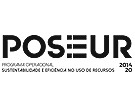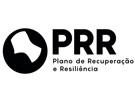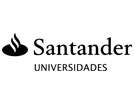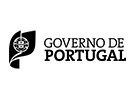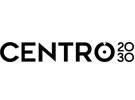


Publication in the Diário da República: Despacho nº 9182/2020 - 25/09/2020
5 ECTS; 3º Ano, 2º Semestre, 60,0 TP + 4,0 OT , Cód. 964455.
Lecturer
- Luís Miguel Alves de Oliveira (1)(2)
(1) Docente Responsável
(2) Docente que lecciona
Prerequisites
Not applicable
Objectives
- Understand the main concepts of graphic budgeting.
- Know methods for making budgets for the printing industry.
- Determine the production costs of a graphic product/work.
Program
1. Budgeting in the Graphic Industry
1.1. Planning and cost projection of graphic works.
1.2. Management of resources, equipment and raw materials inherent to the production process.
2. The concept of Budget and its purpose
2.1. Concepts, advantages and objectives of budget calculation in the Graphic Industry.
3. The variables involved in the budgeting process: labor/machine; raw and subsidiary materials to the production process.
3.1. Calculation of production times, equipment, labor, cost of consumables and raw materials used in graphic work.
3.2. Direct and indirect costs.
3.3. Realization of practical exercises.
Evaluation Methodology
Continuous assessment: Practical work - 20%.
Written assessment during the Attendance period - 80%.
Exam exemption: Students with a final average equal to or greater than 10 values, corresponding to the weighted average of practical work (continuous assessment) and written assessment in frequency.
Exam: Practical work - 20% (continuous assessment); Written assessment - 80%.
Students with a classification equal to or greater than 10 points corresponding to the weighted average of practical work (continuous assessment) and written assessment in the exam will be approved.
Bibliography
- Baer, L. (1999). Produção Gráfica. (Vol. 1). S. Paulo: SENAC
- Bann, D. (2008). Actualidade en la Producción de Artes Gráficas. (Vol. 1). Barcelona: Blume
- Barbosa, C. (2009). Manual Prático de Produção Gráfica. (Vol. 1). Lisboa: Principia
- Kiphan, H. (2001). Handbook of Print Media. (Vol. 1). Alemanha: Springer
Teaching Method
Theoretical Pratical sessions, in the most theoretical aspect - Oral exhibition using audio-visual means; and in more practical sessions - development of practical work and budgeting exercises.
Software used in class
Moodle
Microsoft Teams
Microsoft Excel
